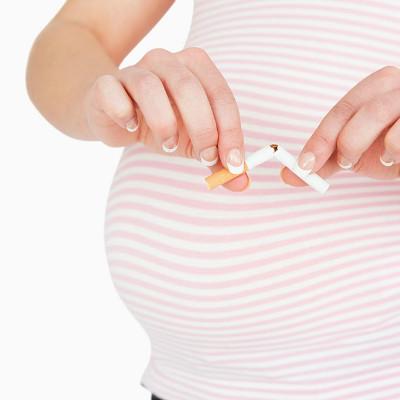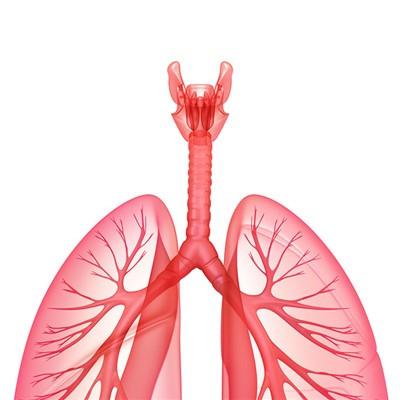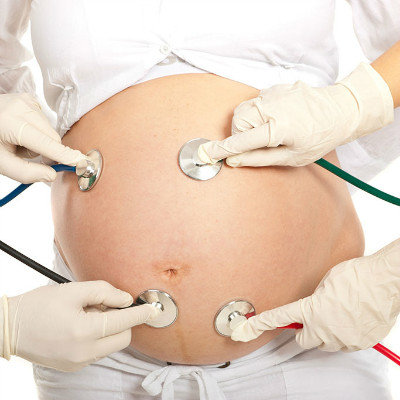Symptoms of pulmonary hypertension in infants
summary
Pulmonary hypertension refers to the patients whose mean pulmonary artery pressure is more than 3.33kpa (25mmhg) at rest or more than 4kPa (30mmhg) during exercise. Since pulmonary vascular resistance is the ratio of the difference between mean pulmonary arterial pressure and mean pulmonary venous pressure and pulmonary blood flow, that is, mean pulmonary arterial pressure is the sum of mean pulmonary venous pressure plus the product of pulmonary vascular resistance and pulmonary blood flow, all factors causing the increase of pulmonary venous pressure, pulmonary blood flow and pulmonary vascular resistance can cause pulmonary hypertension.
Symptoms of pulmonary hypertension in infants
(1) Exertional dyspnea: due to the decline of pulmonary vascular compliance, cardiac output can not increase with exercise, dyspnea after physical activity is often the earliest symptom of pulmonary hypertension( 2) Fatigue: the result of tissue hypoxia due to decreased cardiac output.

(3) Syncope: it is caused by the sudden decrease of blood supply to brain tissue. It is common after exercise or when standing up suddenly. It can also be caused by large embolus blocking the pulmonary artery, sudden spasm of small pulmonary artery or arrhythmia( 4) Angina pectoris or chest pain: due to right ventricular hypertrophy, coronary artery perfusion is reduced, myocardial relative blood supply is insufficient. Chest pain may also be caused by angiomatous dilatation of the main or main branches of the pulmonary artery.

(5) Hemoptysis: pulmonary hypertension can cause rupture of microvascular aneurysm at the beginning of pulmonary capillary and hemoptysis( 6) Hoarseness: caused by pulmonary artery dilation and compression of recurrent laryngeal nerve.

matters needing attention
When the pulmonary artery pressure increased significantly, the right atrium expanded and the right heart failure occurred the following signs: obvious a wave of jugular vein, increased pulsation of pulmonary valve area, right ventricular lifting pulsation, systolic ejection murmur of pulmonary valve area, systolic regurgitation murmur of tricuspid valve area, right ventricular third and fourth heart sound. After the right heart failure, the jugular vein was distended and the liver was enlarged, Hepatic jugular reflux sign was positive, and lower extremity edema was found. The patients with severe pulmonary hypertension and decreased cardiac output had weak pulse and low blood pressure.












